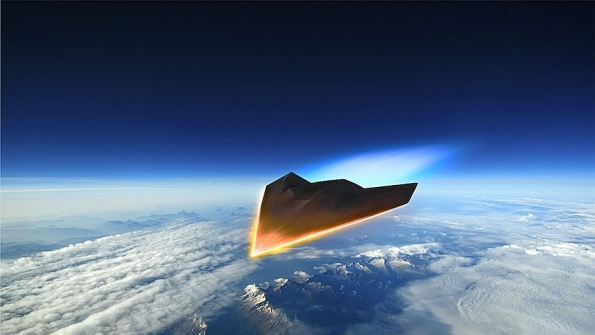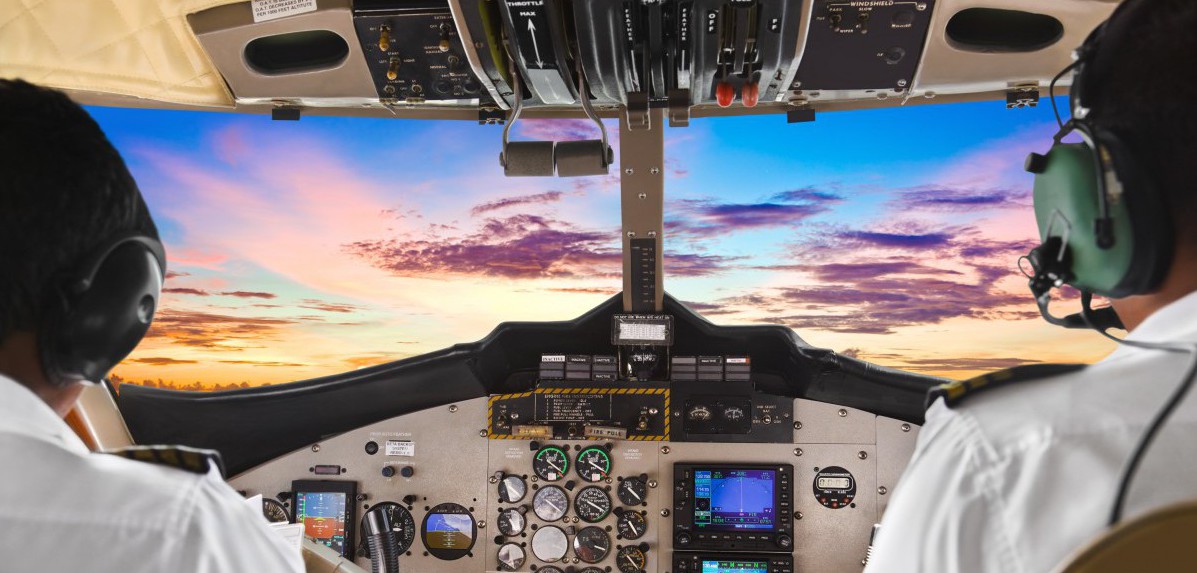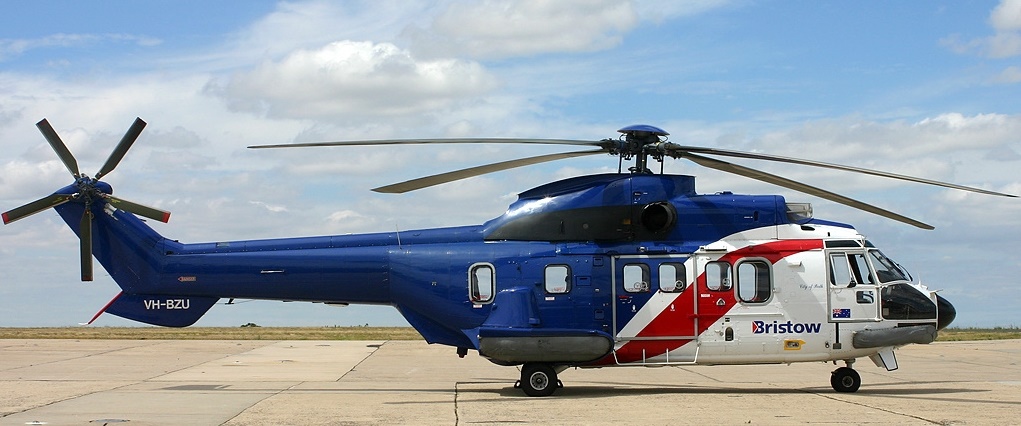Raytheon Invests in New Hypersonic Missile to Combat Global Threats
Raytheon Invests in New Hypersonic Missile to Combat Global Threats – As China and Russia continue to demonstrate rapid progress in development of hypersonic strike weapons, the U.S.’s largest guided-missile company says technology to counter the threat is already achievable but that fielding a system requires sustained funding and a national sense of urgency.
“We are at a tipping point in hypersonics. It is the number one game changer today, and it’s a huge discriminator,” says Tom Bussing, vice president of Raytheon’s Advanced Missile Systems. Commenting to ShowNews on the eve of the Paris Air Show, Bussing says the relatively sudden rise of hypersonic strike capability in China and Russia “is a remarkable thing that has occurred, and it has fundamentally changed the nature of warfare.”
By developing a combination of boost-glide and air-breathing hypersonic weapons that can effectively defeat today’s strategic air and space defense systems, he says, China and Russia’s move is “destroying the triad-based” deterrence balance of power. The “triad” is the ability to deliver strategic nuclear weapons via land-based intercontinental ballistic missiles (ICBMs), bombers, and submarine-launched ballistic missiles (SLBMs). The triple delivery method increases deterrence by ensuring the survival of sufficient forces to launch a second strike.
Citing China’s recent DF-ZF and Russia’s Yu-71/74 boost-glide vehicle developments, as well as various air-breathing waverider demonstrations in these countries, Bussing says, “I don’t think in my lifetime I have experienced anything quite like this number of adversaries that have tried to develop technologies designed to change another country’s behavior. China’s anti-ship developments are forcing us to move carrier strike groups further back, while the Russians are more opportunistic with the Yu-71 boost-glide weapon, which we believe to be nuclear.”
Both systems fly with depressed trajectories, “which are very difficult to engage,” he adds. “A typical ICBM flies a predictable trajectory, but boost-glide and air-breathing hypersonic weapons leverage aerodynamic forces and can hold an entire region at risk. There seems to be a rapid acceleration, and our peer adversaries have recognized the value of this and pushed forward.”
Raytheon is pouring its own resources into hypersonic weapons development as part of a broader portfolio-wide technology investment. Over the past four years US$500 million has been spent on a variety of technologies ranging from propulsion and sensor to advanced processors.
“Of that investment, a significant fraction is being applied to hypersonics,” says Bussing. “But the entire portfolio is playing in future hypersonic weapons as well as backward playing into existing systems.”
Although Raytheon is already known to be competing against Lockheed Martin under the joint DARPA/U.S. Air Force Research Laboratory Hypersonic Air-breathing Weapon Concept (HAWC) research program, the company “also has a number of efforts ongoing in both boost-glide and air-breathing areas,” says Bussing. Hinting at the existence of other, classified, hypersonic weapon development efforts, he adds that Raytheon is active in a large number of programs, “99% of which we can’t talk about today. But in the last five years the air force has been proactively involved, as have the navy and army. In our case, we leverage Raytheon’s experience across many programs, and the assets are combined for different purposes.”
Technology that could be applicable to a variety of hypersonic weapons, and vice-versa, is being developed by Raytheon across a wide range of programs, says Bussing. These include the U.S. Army’s Long-Range Precision Fires (LRPF) program to develop a longer-range surface-to-surface weapon to replace the Army Tactical Missile System. Named DeepStrike, the three-year development will culminate in flight tests in 2020. The LRPF mission is “partially flown hypersonically, so a large part of our hypersonic work on TGB and HAWC can be applied to a program like this,” he adds.
Other, perhaps less obvious programs, like Raytheon’s Coyote UAV, are also helping future high-speed system developments through areas such as high-speed processing and autonomous networking. According to Bussing, other relevant technologies can be leveraged from Raytheon’s ballistic-missile kill-vehicle programs: sensing know-how from the Space Enabled Effects for Military Engagements (SeeMe) small-sat effort, and thermal management, propulsion and control from its high-speed missiles work.
“In the area of advanced weapons systems development, our nation has to stand up and continue to develop and transition these technologies to the combatant services. Given the progress being made elsewhere, it will be in our best interest to move forward rapidly with these systems,” he adds.
Sources: | ShowNews. Feature Photo by Raytheon: Raytheon artist’s rendering illustrates what a hypersonic missile could look like as it travels along the edge of Earth’s atmosphere.















